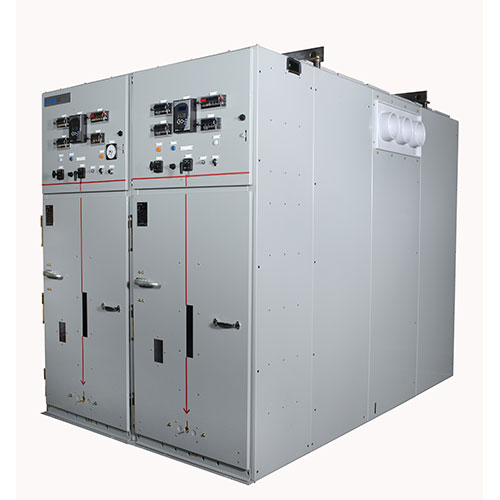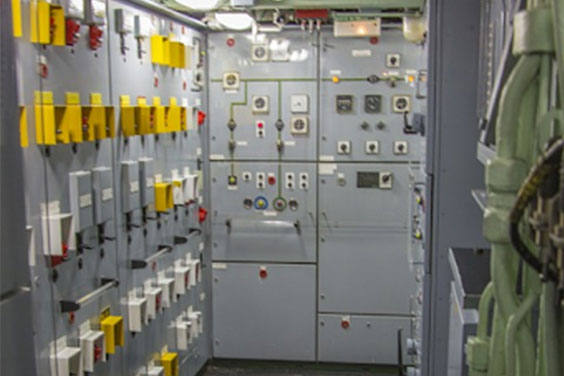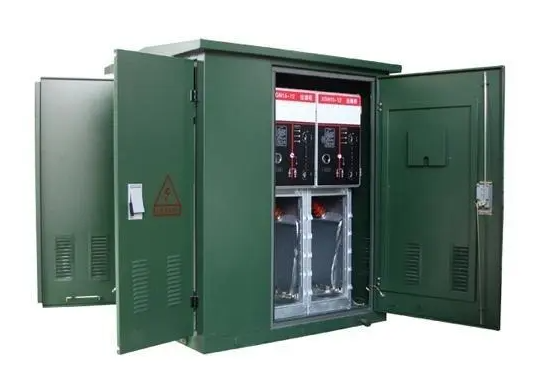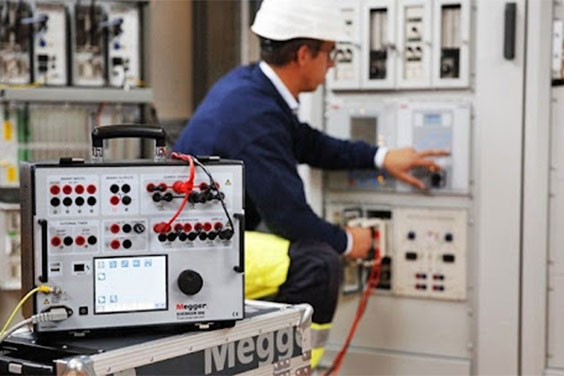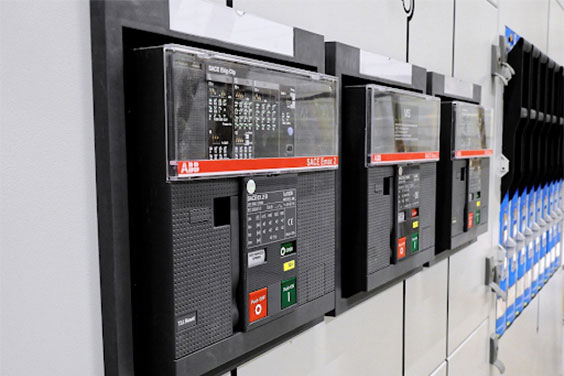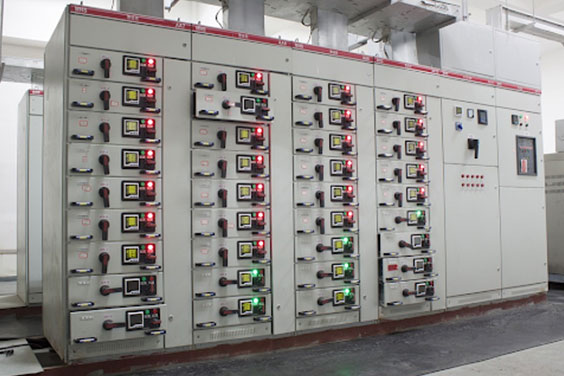Switchgear and switchboard are two common terms used often in electrical circuits. An electrical contractor needs to understand both of these terms to communicate well among its peers. There are a number of switchgear companies. Hence, it is important to understand these two terms properly to select the best switchgear company.
Although electrical switchgear and switchboard are used to equate power distribution in other devices, such as panels and boards, they may seem similar. But, switchboard and switchgear differ in terms of their functionalities. It’s important to understand how they help to work coherently to reinforce the electrical system if you want to find an ideal switchboard or switchgear manufacturer.
What Is a Switchgear?
Switchgear is a structure in an electrical panel where electrical protection of circuit breaker is segregated in a well-elucidated part of the panel, this is to ensure that the protective devices in switchgear are individually mounted and compartmented.
Switchgears are commonly found in high electrical gears, medium voltage gears; though they can still be used in low voltage panels.
Switchgears are used in motors, generators, commercial and distribution cabinet systems. They serve as a key component to control and supply power loads, along with providing adequate protection to the devices. It helps to identify the faulty conditions and cut off the power supply by isolating it from the circuit whenever necessary. You can find your ideal medium voltage switchgear manufacturers if you know what you are looking for.
What Is a Switchboard?
Switchboards are a large single panel, an assembly of panels or structural frames which can be mounted at the back or face or both: Instruments, overcurrent, buses, switches, and other protective devices. are typically used in lower voltage circuits less than or equal to 600 V.
They can be considered downstream of switch gears and help to allocate power to various sources and transfer it to panel boards, control equipment, and individual loads. In switchboards, the safeguarding devices can be individually compartmented or group mounted.
Few switchboards may incorporate a combination of group-mounted and/or individually mounted devices including hv gis (high voltage gas insulated switchgear).
Five Common Differences Between Switchgear and Switchboard
Understanding the difference between the electric switchgear and the switchboard is a crucial step. Switchboard and switchboard differ in their mechanisms and their mode of operation in an electrical system.
-
Standards and Testing
Both devices are dielectric circuits at 2200 Voltage with minor differences in their testing processes. One of the main distinctions between the switchgear and the switchboard is the standard and testing.
Switchgear with low-voltage circuit breakers is based on the standards ANSI C37.20.1 and NEMA SG-3. The high voltage switchgear is a long-circuited structure tested at the power factor at 15% capacity for 30 cycles.
On the other hand, The switchboard is a short-circuited structure with a power factor of 20% for 3 cycles. It is employed in insulated case circuit breakers and molded-case circuit breakers as per the standards of NEMA PB-2 and UL-891.
-
Size
Size becomes an important factor in determining the type of equipment to be installed for a certain situation which gives one equipment edge over the other.
Switchboards occupy less room and work primarily in the front access. They are an ideal option in the case of a small electrical system.
Whereas, switch gears are different as they acquire both front and rear access for cable discontinuance. They take up more space and are an ideal course of action for the development of larger electrical circuits.
-
Structure-Types of Breakers Used
There are numerous switchgear components, configurations, and structures that make a difference between the switchgear and the switchboard. The type of breakers used in switchboard and switchgear are distinct in their structure. F
The basic types of circuit breakers are open, semi-open, and sealed types of circuits which are referred to as the power circuit breakers, insulated circuit breakers, and molded case circuit breakers.
- Power Circuit Breakers: PCBs are circuit breakers with a rating range of 800 amperes to 5000 amperes. They are developed and examined under various standards from ICCBs to MCCBs. They are connected in switchgear in a draw-out design and allow the breakers to become reserves fully or partially while the switchgear is on.
PCB consists of numerous components including pole assemblies, contacts, and arc chutes that are periodically reconstituted and investigated for optimal performance.
- Insulated Case Breakers: Insulated case breakers are a distinction of molded case circuit breakers that perform and offer features accessible in a power circuit breaker. The insulated case breakers are directed under the same standards as MCCBs.
They are applicable under the same standards and directions of MCCBs with a typical range of 440 amperes to 5000 amperes. They offer replaceable parts like contacts. Insulated case breakers can be designed in draw-out or a fixed design, and are available as alternatives in Switchboards.
- Molded Case Circuit Breakers: Molded case circuit breakers are used in low voltage panelboards and switchboards. They are the most common circuit breakers used, ranging from 15 amperes to 3000 amperes of current. The molded case circuit breakers generally have a plug-in design or are bolted on a bus. The structure of the breaker is protected with an external molded case.
A breaker is fixed or replaced in case of an issue or a failure of the circuit. MCCBs should only be added or removed from a switchboard when it is turned off to avoid any problems or breakdown of the circuit breaker.
- Vacuum Circuit Breakers: A Vacuum Circuit Breaker is primarily used in medium voltage switchgear applications. The salient feature of a vacuum circuit breaker is the arc quenching medium which means that as soon as an arc is produced due to the constant transmission of current in the circuit, it is automatically extinguished due to the dielectric strength of the vacuum.
-
Protective Devices
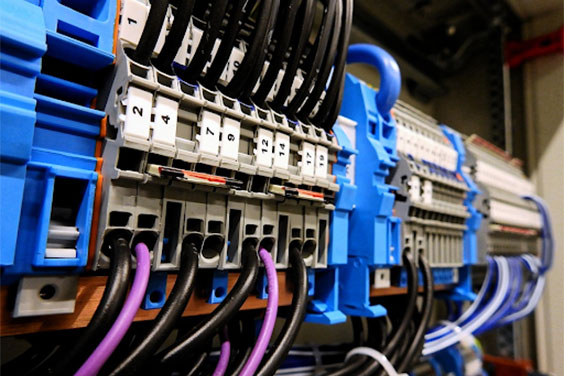
In terms of protective devices and structures available in a circuit, switchboards may have individually compartmented or group-mounted devices for protection. In an individually compartmented switchboard, the breaker is barrier-isolated and allocated behind its door from other enclosing devices.
Switchboards are a part of only low-voltage power circuits listed in UL-1066 with IEC standards of the IEC614439 series.
Switchgears may involve a combination of protective devices such as molded case circuit breakers (MCCB), insulated case circuit breakers (ICCB). According to the IEC standards, the low voltage switchgear is built as per the IEC 61439 series. The switchgear with low-voltage capacity can be engineered and investigated as per the USA standards.
-
Application Considerations
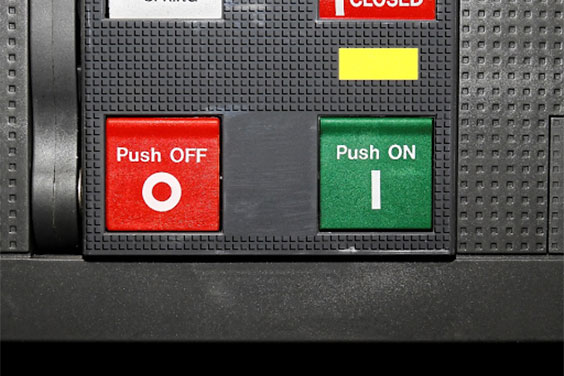
As switchgear and switchboards are intended and tested under distinct standards with numerous capabilities. This leads to the division in its application considerations and performance.
- Voltage Differences
There is a limitation in terms of the capacity of the circuit breaker carrying current. One of the main differences is that the switchboards can carry a voltage of fewer than 600 volts whereas the switchgear can cater to higher voltages or up to 350 Kilovolts.
This distinction in the voltages of both the structures causes a variation in the applications of both- switchgears and switchboards.
- Space
Although both the devices and code-compliant in the industry, Switchgears requires rear and front access due to its large size. During the NEC required clearances, the space needed for the clearance of the front to draw out a breaker is taken into consideration. Whereas, in the case of rear-connected switchboards, the space considerations may be similar. But, in the case of front access switchboards, they may require the least space considerations.
- Applications
Switchgears are recommended for telecommunications, manufacturing or processing facilities, data centers, airports, skyscrapers, switching sites, or convention centers. The high-end switchboards are ideal for large institutional or commercial centers, medical facilities, light manufacturing, and laboratories. Front access switchboards are often used for commercial or basic buildings, warehouses, or retail services.
How to Choose Between a Switchboard and Switchgear?
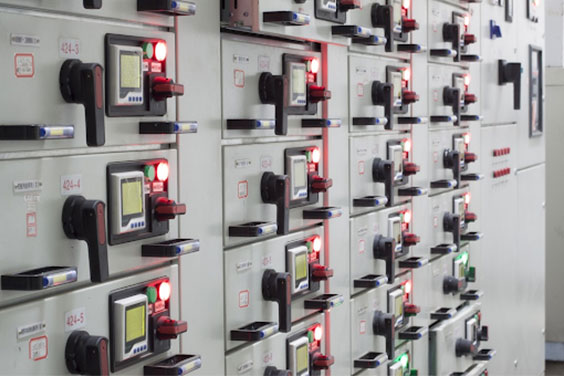
- Cost
The initial costs to be incurred on a project allow you to identify which is a good choice for you- high-end switchgear or a low-end switchboard. The cost differences between the two can be as high as two to three times with additional weight put down by the long-term responsibilities and issues of reliability, downtime, and maintainability.
- Type of the Project
The project and its complexity can also help to understand and choose the right breaker. Based on the applications, functionalities, and protective devices, you can choose what suits best for you- A high-end switchboard, a front-accessible switchboard, or switchgear.
Conclusion
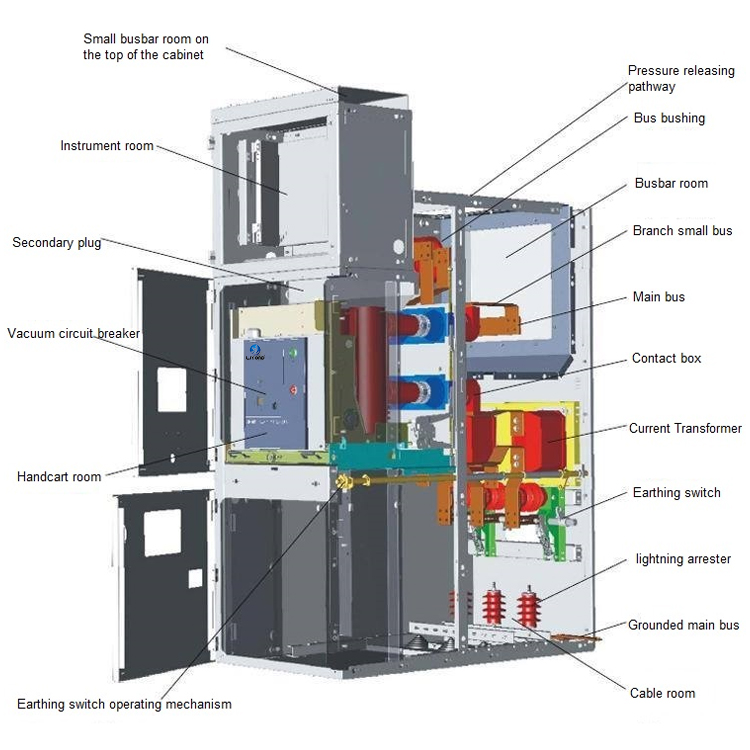
The article offers everything you need to know about the difference between switchboard and switchgear. With the help of these distinctions, you can understand and incorporate the best-suited circuit breaker with either custom switchgear or switchboard based on the applications and implications.
You can contact Elecspare for all your switchgear or switchboard needs and queries.

